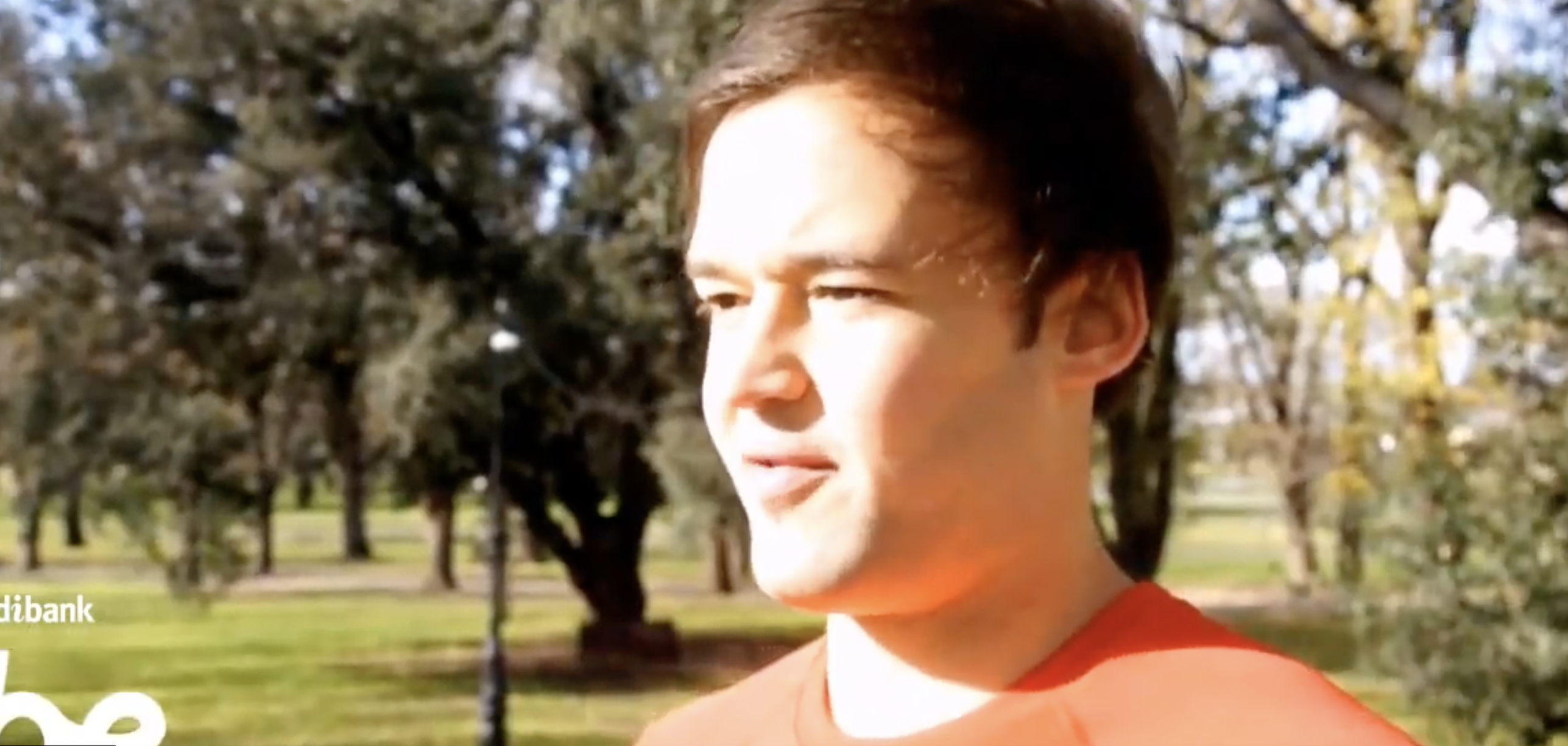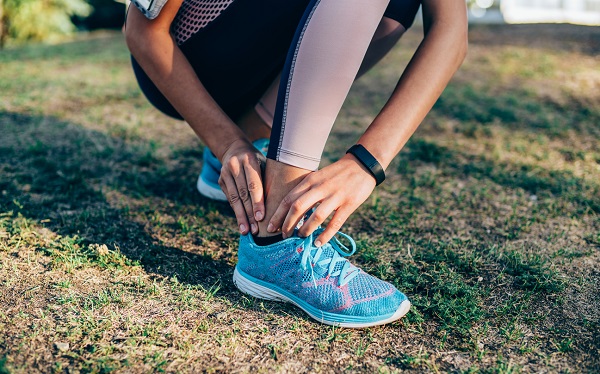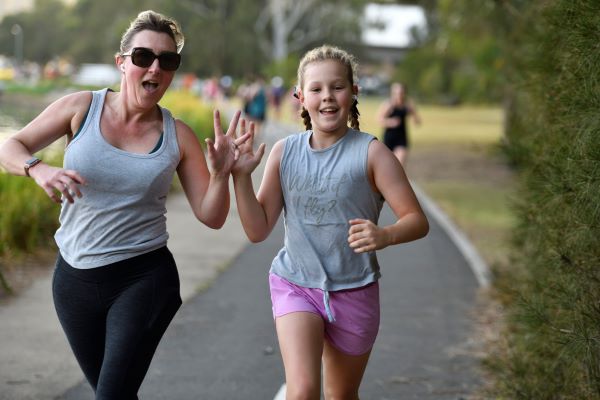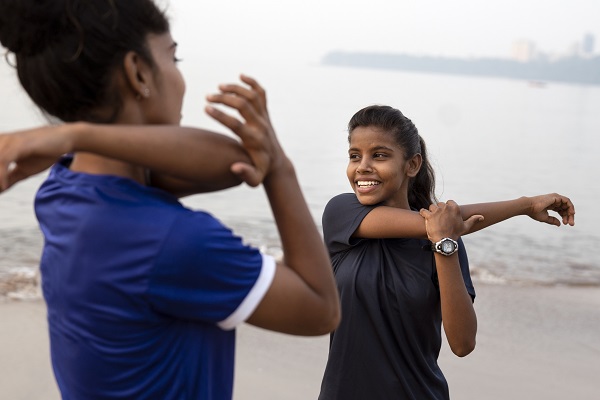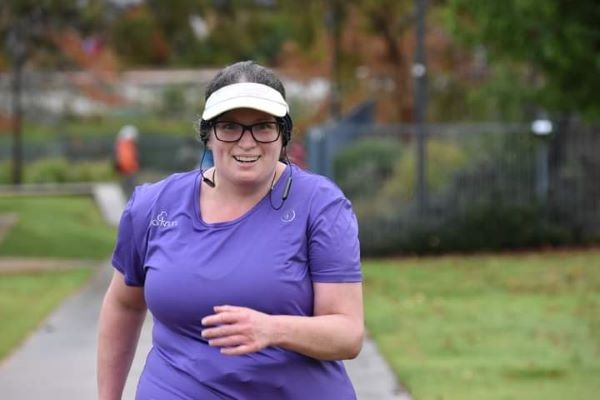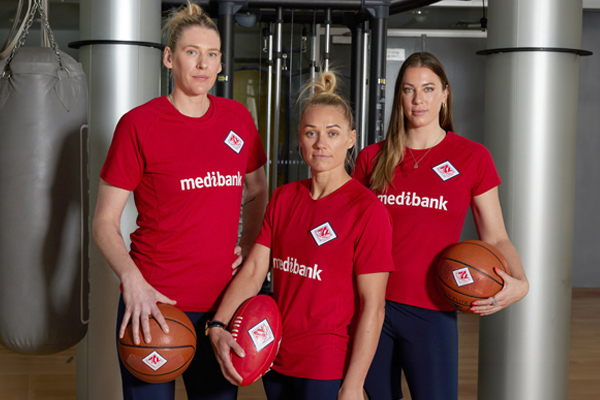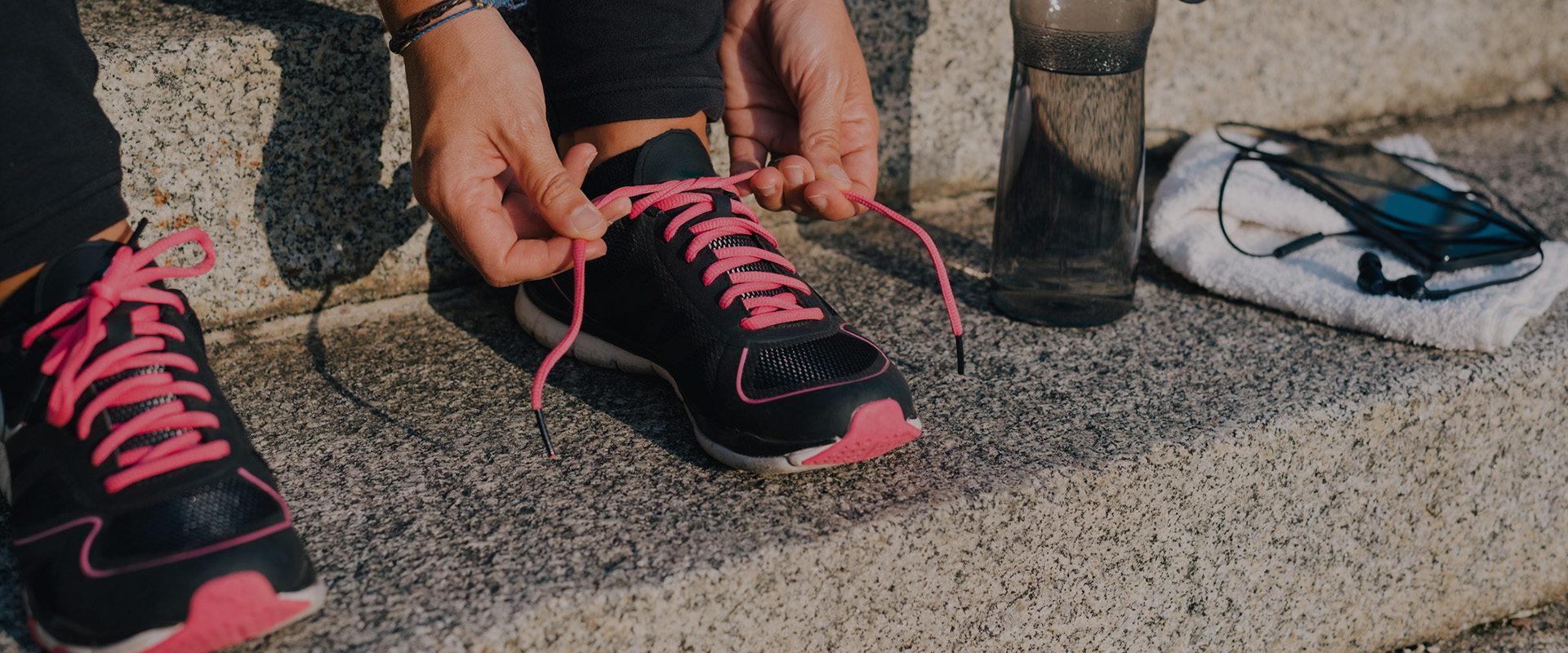-
Running has always been a popular pastime for Australians and we’ve produced some fantastic athletes over the years. It’s a sport that doesn’t require a bat or a ball, a gym membership or a personal trainer. It allows you to exercise alone and get lost in your thoughts while motivating yourself to run further and faster. It’s just you and your runners pounding the pavement… but recently it seems this is being challenged.
The latest craze that has emerged in the sport is barefoot running, fueling much debate among researchers, clinicians and the community. It is thought that by running barefoot you can strengthen the intrinsic and postural muscles within your feet and lower limbs, along with increasing proprioceptive awareness and balance. This is believed to occur because when you run barefoot, the mechanics of your feet need to change in order to adapt to the differing forces placed upon them.
When in shoes, runners tend to have a longer stride and strike at the heel, whereas the barefoot runner generally has a shorter stride and lands on the midfoot or forefoot. A number of studies show that this change in style and foot strike can reduce impact forces on the body. Advocates for barefoot running believe that this can ultimately reduce the risk of injury. While there is no doubt that runners suffer from injury every year due to the repetitive forces that afflict the feet, there is no evidence yet to prove that barefoot runners suffer fewer problems than their shod counterparts.
The debate around barefoot running has got researchers searching for credible answers. Does barefoot running decrease the chance of injury? What type of runner will benefit from barefoot running? How is it best to commence the barefoot running experience? While questions abound, the only certainly at this stage is that a lot more research is needed until we can confidently share some answers.
The growth in interest in barefoot running has led to shoe companies producing a range of runners that are marketed as minimal, offering reduced arch support and heel height along with a more lightweight design than the traditional cushioned or supportive range. There is also a ‘barefoot running shoe’, a glove-like design for the foot that is intended to protect from glass and other objects.
With a mixture of theories on barefoot exercise it is important that runners are properly informed about the appropriate way to begin their barefoot journey. The key is to break your feet in gradually and get them used to the reduction in support and the differing pressures being placed on them so that they can adapt. You might start off by walking around the house barefoot, and then incorporate a bit of barefoot or minimal running into your normal routine such as a lap of the local oval. It may take up to six months for your feet and legs to adapt before you can go for a beneficial run barefoot or in these minimal shoes.
It is important to stop if muscles or joints hurt and to seek medical attention from your doctor or podiatrist if problems persist. It is also not recommended to run barefoot if you have decreased sensation in your feet, which can occur in people with diabetes, as you may not be aware of any injuries your feet incur. Unfortunately injuries arise with any running, barefoot or not, and the most common cause of injury is a case of too much, too soon, too fast!
At the end of the day barefoot running isn’t for everyone and the whole debate may come down to the biomechanics behind the way each individual runs more so than what’s on or not on their feet. The bottom line is that as the runner, you ultimately have the choice.
Tread carefully
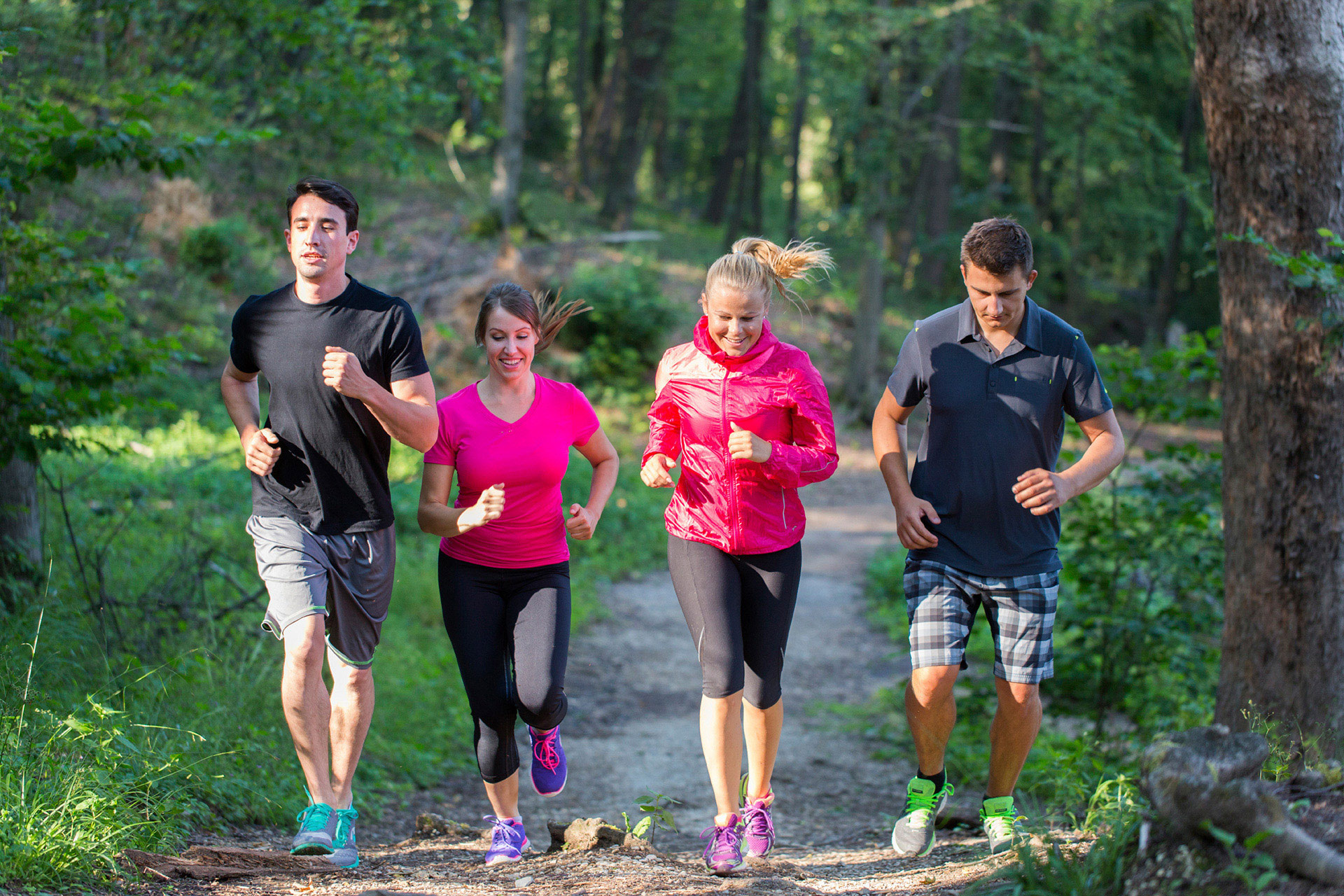
-
How to walk 10,000 steps
Discover how to easily reach your goal of 10,000 steps daily.
-
Everything you need to know about parkrun
Been wondering what a parkrun looks like? Where do you go? What do you do? How do you sign up? Find out here.
-
Five ways to exercise when on a budget
You don’t need to spend money on gym memberships just to meet your fitness goals. Here are five free ways to stay healthy and active when you’re living on a budget.
-
How parkrun changed my life
Christie Farrow went from being an exercise-phobe to a true blue runner with parkrun.
-
Australia's top female athletes unite on ACL injury
Some of Australia's most talented athletes have joined forces to highlight the unique injury challenges women face.
-
How to create your perfect summer fitness plan
Be inspired by the sunshine and get moving
Subscribe to receive the best from Live Better every week. Healthy recipes, exercise tips and activities, offers and promotions – everything to help you eat, move and feel better.
By clicking sign up I understand and agree to Medibank's privacy policy

